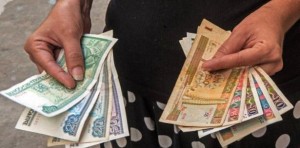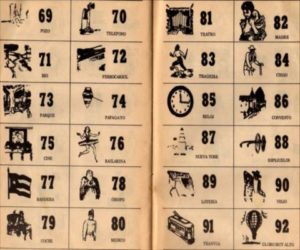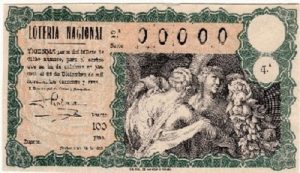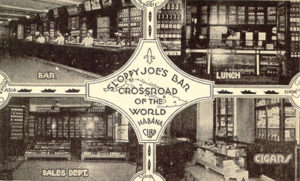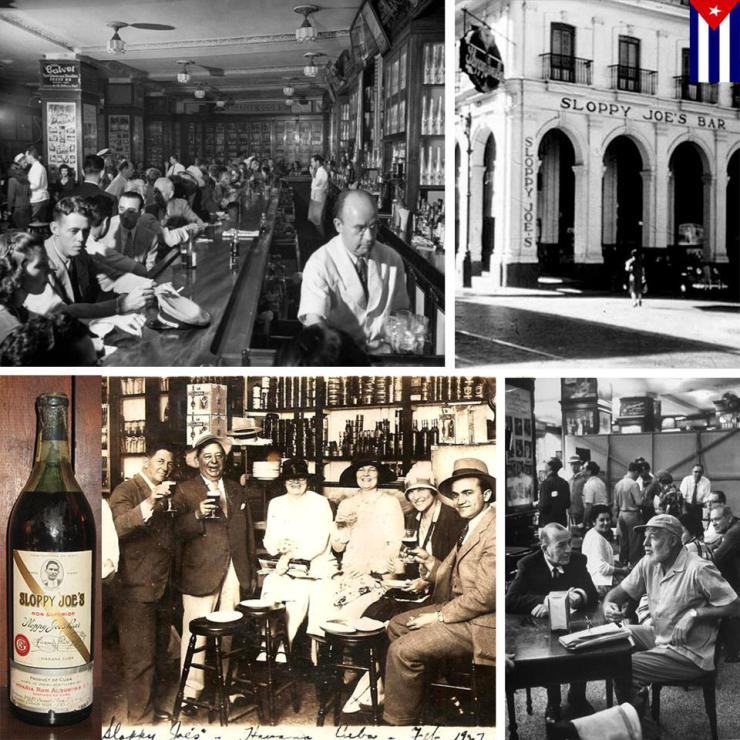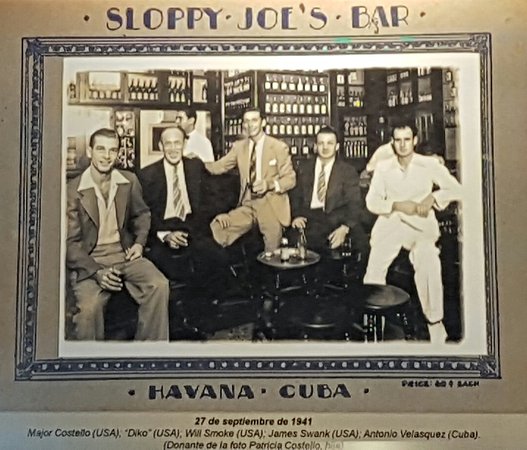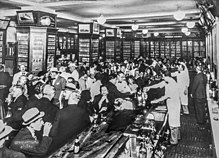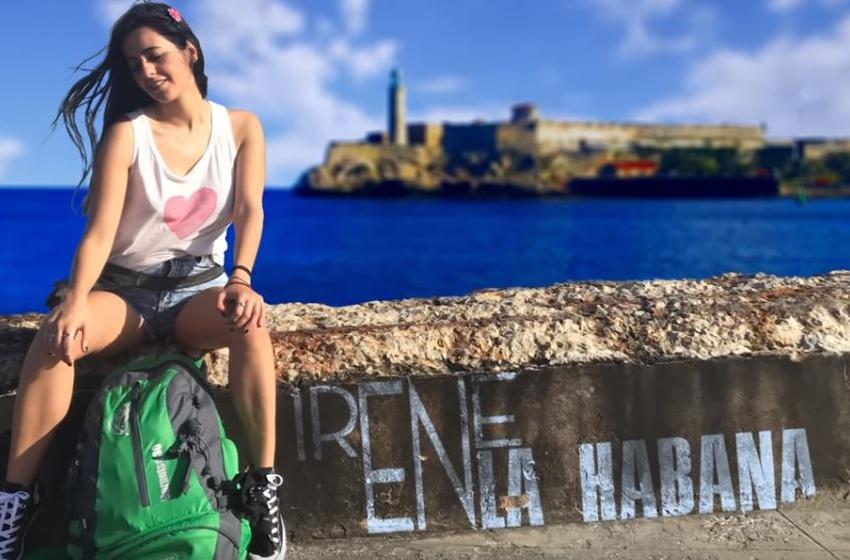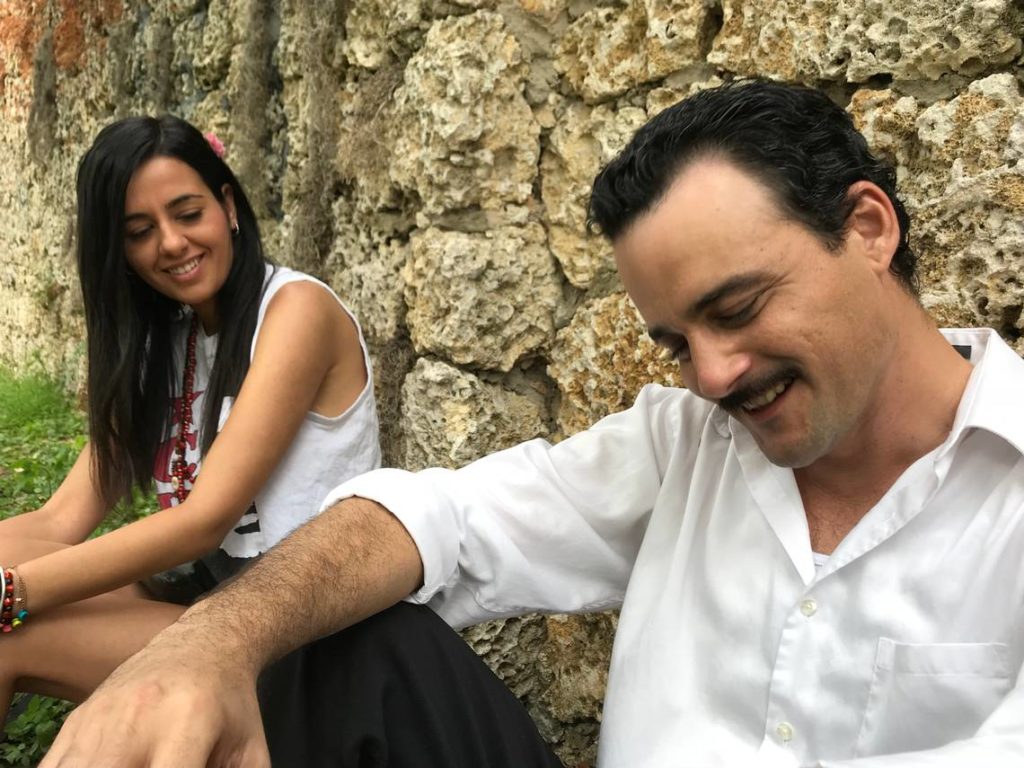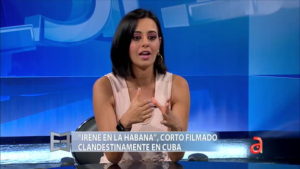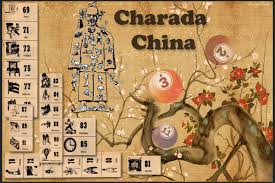 EL PARLÉ, LA CHARADA CHINA Y ALGUNAS OTRAS “ADICCIONES” CUBANAS.
EL PARLÉ, LA CHARADA CHINA Y ALGUNAS OTRAS “ADICCIONES” CUBANAS.
Los dos productos complementarios y sucedáneos de la lotería son en Cuba la charada y la bolita. La primera tiene un origen diferente y propio. Pero la bolita es algo así como una hija adoptiva de la Lotería.
En Cuba además de los billetes de lotería, también existía la “bolita” o “charada” de inspiración china. Juegos de azar que formaban parte de la cultura del cubano. Sobre todo los más pobres, que se ilusionaban con un golpe de suerte y forrarse de plata para salir de la indigencia.
Una estadística de 1957 de lo que invertían los cubanos todos los años en billetes de lotería, versos de la charada y centenas y terminales de la bolita, apunta una cifra fluctuante entre los $90 y los $100 millones. ¿En qué consistían estos juegos?
Los chinos introducidos en Cuba como colonos a mediados del siglo XIX se dice que fueron los que expandieron el juego del “paco pío” y el “cheffá”, luego llamado “charada”. Esta última es una palabra de origen francés y viene a ser como un tipo de adivinanza.
De donde resulta que la charada, aplicada al juego, es una adivinanza que teóricamente da la pista de un número guardado en un sobre y que se cuelga a la vista de los participantes. El simbolismo cabalístico de la charada comprende varios animales o “bichos”, a cada uno de los cuales corresponde un número. Por eso, cuando el sobre con el número premiado aún no ha sido abierto, se decía que “el bicho está colgao.
¿Cómo se jugaba entonces a la charada? ¿Cuándo se tira? ¿Qué se gana?
Se tiraba—en diversos lugares— dos veces al día: por la tarde y por la noche. Se jugaba por “cuartillos” (tres centavos o dos números por un medio) que ganan, cuando sale el número, $1.50 aunque el público a veces sólo recibe como pago $1.40.
La tirada se efectúa una o dos horas antes de la bolita, para dar chance a los jugadores a efectuar un “pase” a esta última. Digamos que el verso era “una niña que todo lo brinda”, y que hay un feliz mortal que engrampa el 16 con un cuartillo. Entonces, su premio ($1.40) o parte de éste, previo acuerdo con el intermediario del banco de apuntación queda automáticamente invertido en un número de la bolita.
El juego de la bolita necesitaba un impulso renovador, y las bancas lograron algo en tal sentido al introducir el “parlé”.
La nueva forma convirtió la bolita en un instrumento que probó su flexibilidad sobre la charada, enquistada en los tipos tradicionales. Claro que la charada mantiene su público, porque le da más oportunidades de ganar al jugador, aunque los premios sean inferiores.
En la charada hay usualmente treinta y seis números, y luego de una tirada varios de ellos pueden quedar “presos”, de manera que se les elimina en el próximo sorteo y el número de probabilidades de acertar se incrementa.
En la bolita hay mil números. Pero se puede jugar a un “fijo” o a un “corrido”, a una “centena” o a un “terminal”, o a varios de ellos al mismo tiempo.
Una moneda de cinco centavos, un “medio”, fijo a la centena gana veinte pesos, si sale. Y el “medio”, corrido cinco pesos.
Fijo es el número que sale en la primera bolita. Corrido cualquiera de los otros dos.
Todavía hoy muchos cubanos juegan la Charada en la isla. Sin SMS, ni Twitter, la gente se las arregla para conocer estos y otros asuntos que le interesan. La peculiar forma de comunicarse pasa inadvertida para un extraño o un policía. Ahora no hay tantas reservas. Amaro, un hombre que entre la bolita y el ron bota su dinero, cada noche en la pared de una tienda en la Calzada 10 de Octubre, apunta con tiza los números que salieron.
 THE PARLÉ, THE CHINES CHARADE AND SOME OTHER CUBAN “ADDICTIONS”.
THE PARLÉ, THE CHINES CHARADE AND SOME OTHER CUBAN “ADDICTIONS”.
The two complementary products and substitutes of the lottery are in Cuba the charade and the ball. The first has a different origin and its own. But the little ball is something like an adopted daughter of the Lottery.
In Cuba, in addition to the lottery tickets, there was also the “little ball” or “charade” of Chinese inspiration. Games of chance that were part of the Cuban culture. Especially the poorest, who were deluded with a stroke of luck and cover themselves with money to get out of poverty.
A 1957 statistic of what Cubans invested every year in lottery tickets, charade verses, and hundreds of ball terminals, points to a fluctuating figure between $ 90 and $ 100 million. What were these games?
The Chinese introduced in Cuba as settlers in the mid-nineteenth century are said to have expanded the game of “paco pio” and “cheffá”, later called “charada”. The latter is a word of French origin and comes to be like a type of riddle.
Whence it turns out that the charade, applied to the game, is a riddle that theoretically gives the clue of a number stored in an envelope and that hangs in view of the participants. The cabalistic symbolism of the charade comprises several animals or “bugs”, each of which corresponds a number. Therefore, when the envelope with the winning number has not yet been opened, it was said that “the bug is hanging.
How to play then the charade? When is it thrown? What do you earn?
It was thrown-in various places-twice a day: in the afternoon and in the evening. It was played by “quarts” (three cents or two numbers by a half) that win, when the number comes out, $ 1.50 although the public sometimes only receives as payment $ 1.40.
The roll is made one or two hours before the ball, to give players a chance to make a “pass” to the latter. Let’s say that the verse was “a girl who gives everything,” and that there is a happy mortal who stamped the 16 with a quart. Then, your prize ($ 1.40) or part of it, after agreement with the intermediary of the bank of reference is automatically invested in a number of the ball.
The game of the ball needed a renewal impulse, and the banks achieved something in that sense when introducing the “parlé”.
The new form turned the ball into an instrument that proved its flexibility over charade, entrenched in traditional types. Of course, the charade keeps its audience, because it gives more opportunities to win the player, although the prizes are lower.
In the charade there are usually thirty-six numbers, and after a roll several of them can be “imprisoned”, so they are eliminated in the next draw and the number of probabilities of hitting increases.
In the ball there are a thousand numbers. But you can play a “fixed” or a “run”, a “hundred” or a “terminal”, or several of them at the same time.
A coin of five cents, a “half”, fixed to the hundred, earns twenty pesos, if it goes out. And the “medium”, run five pesos.
Fixed is the number that comes out in the first ball. Run any of the other two.
Still today many Cubans play the Charade on the island. Without SMS, or Twitter, people manage to know these and other issues that interest them. The peculiar way of communicating goes unnoticed by a stranger or a policeman. Now there are not so many reservations. Amaro, a man between the ball and the rum throws his money, every night on the wall of a store in the Calzada 10 de Octubre, chalk the numbers that came out.
Agencies/Memorias Cubanas/ Derubin Jácome/ Excerpts/ Internet Photos/ Arnoldo Varona/ www.TheCubanHistory.com
THE CUBAN HISTORY, HOLLYWOOD.




